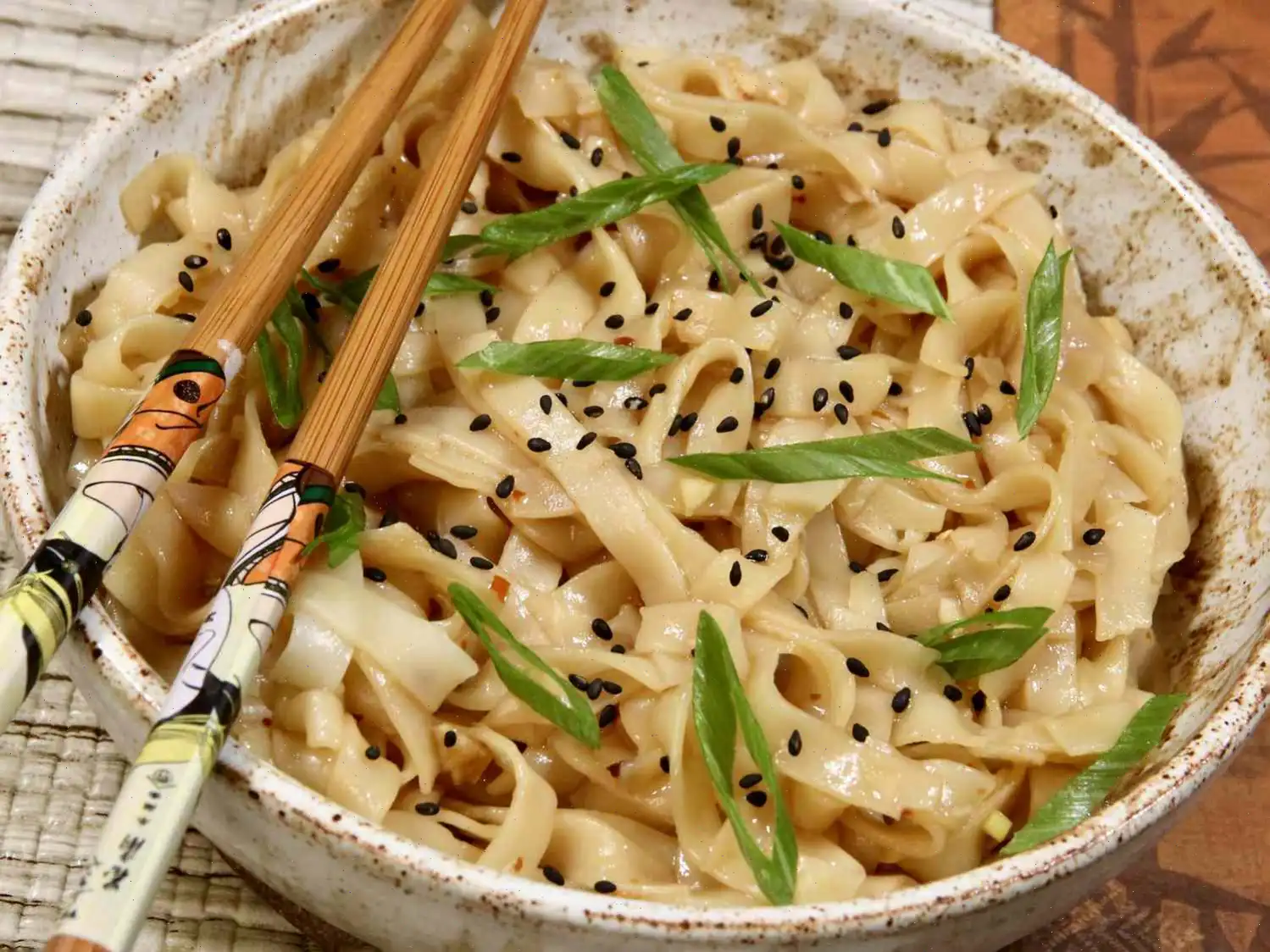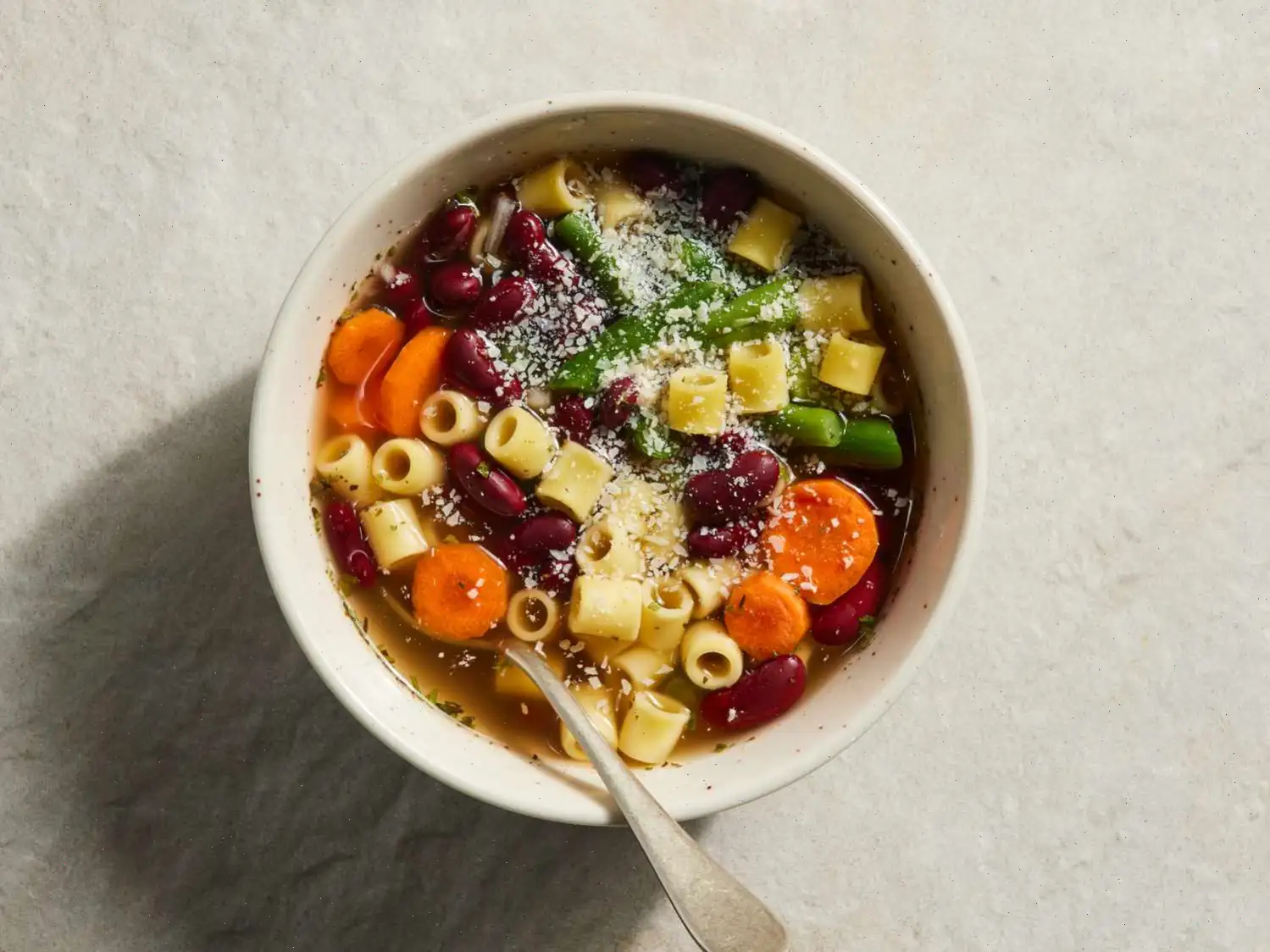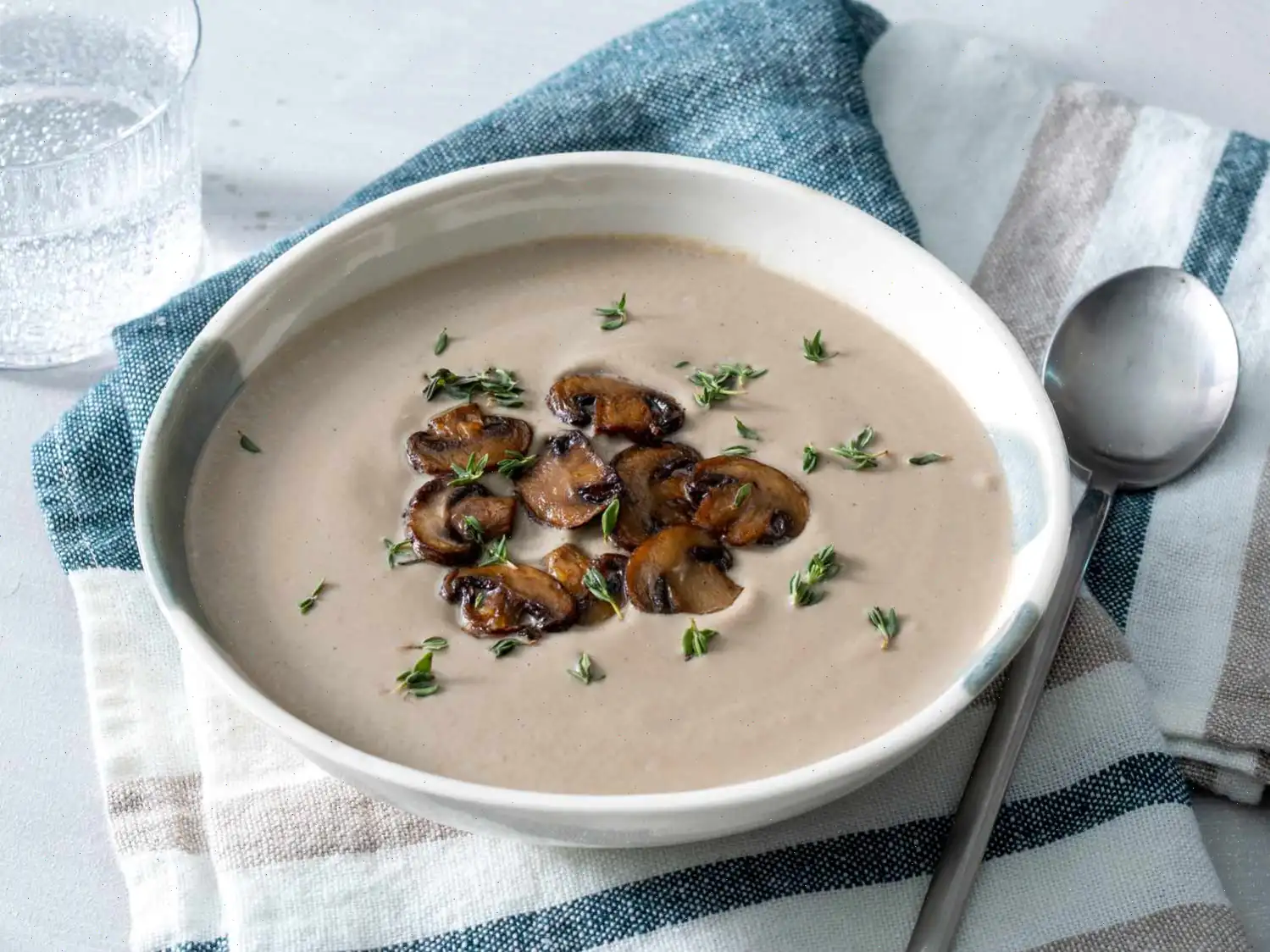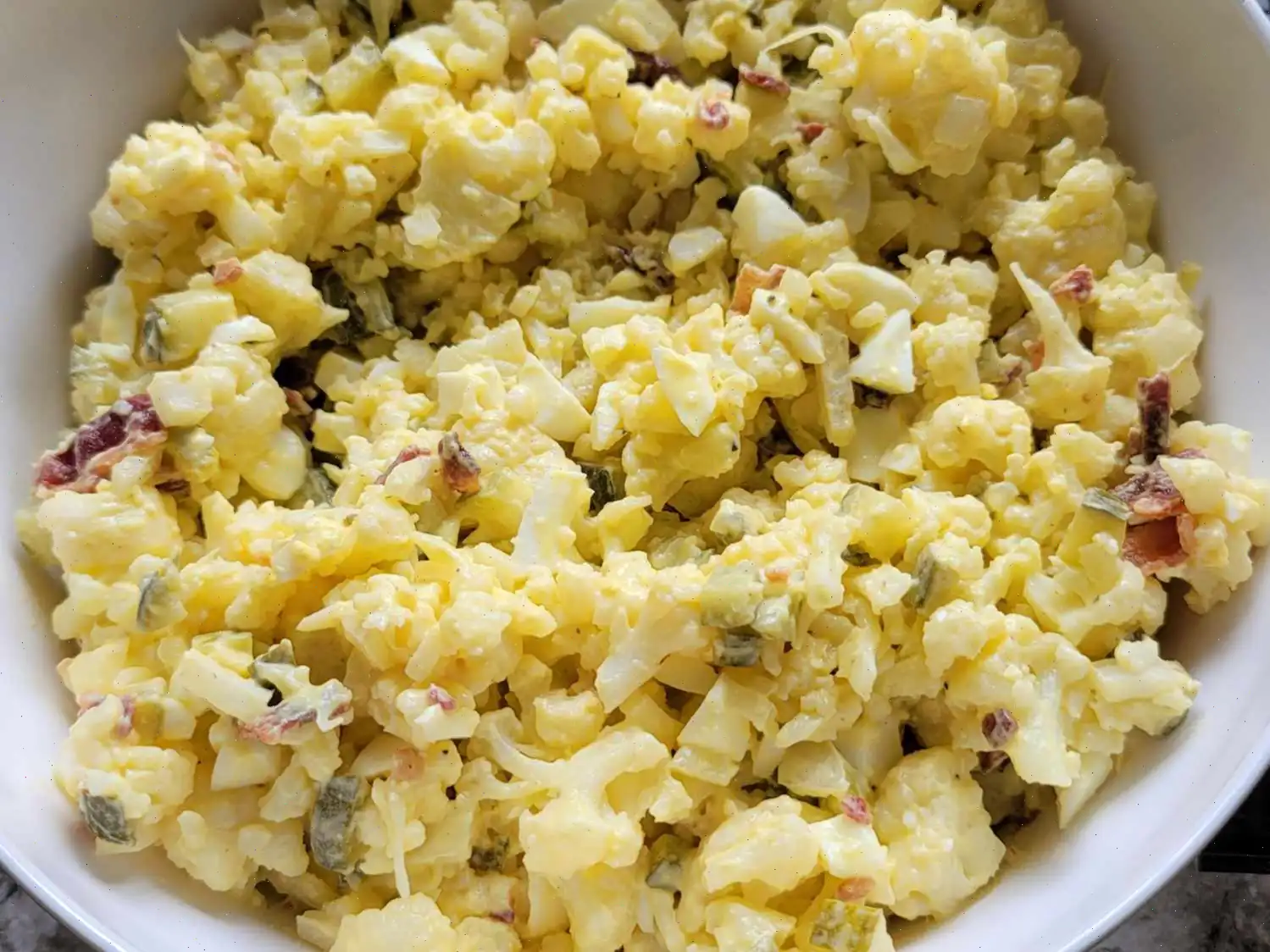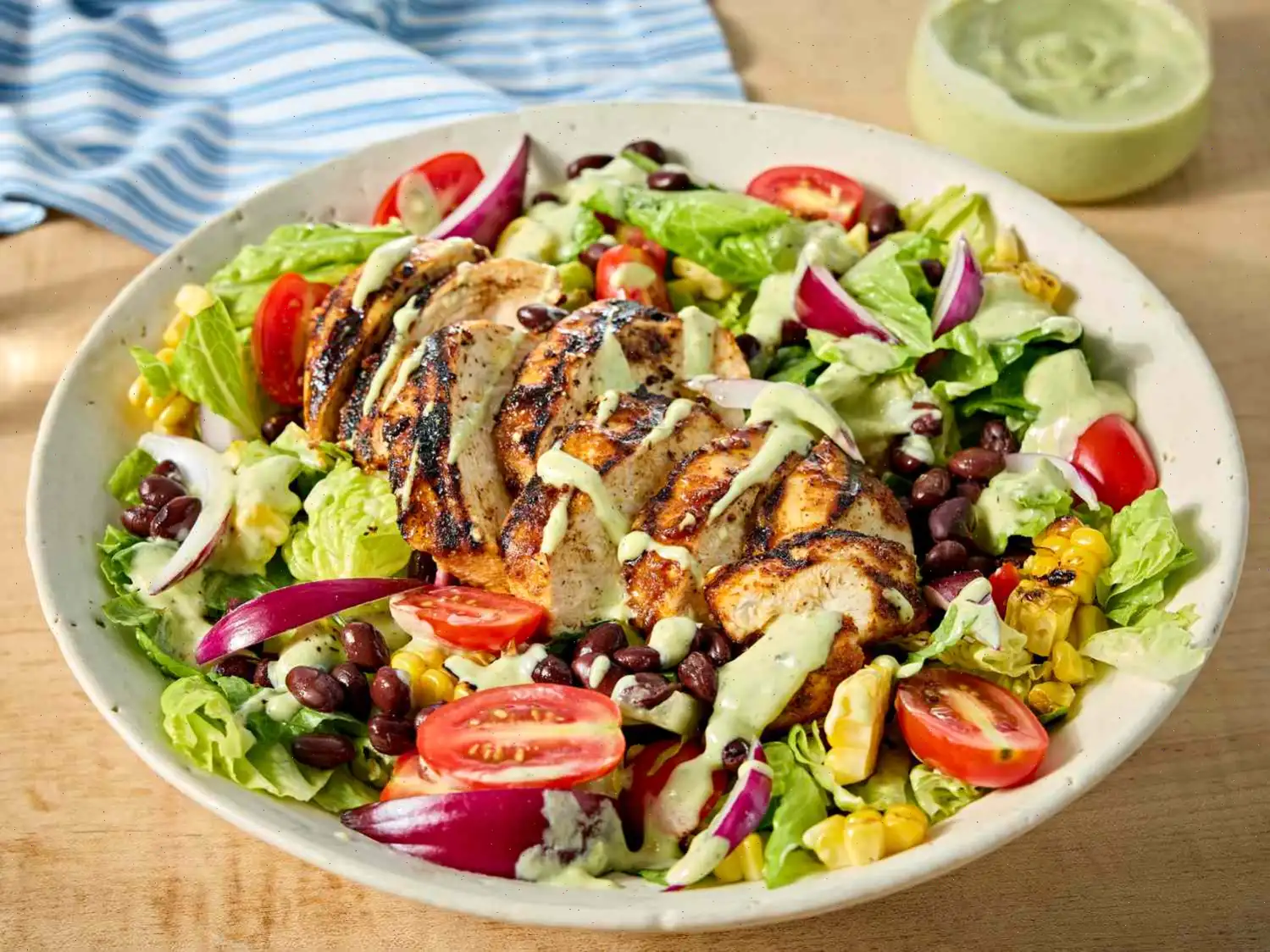
Garlic Sesame Noodles
Ingredients
This recipe was developed at its original yield. Ingredient amounts are automatically adjusted, but cooking times and steps remain unchanged. Note that not all recipes scale perfectly.
Original recipe (1X) yields 2 servings
- 3 tablespoons low sodium soy sauce
- 4 garlic cloves, minced
- 1 tablespoon oyster sauce (optional)
- 1 tablespoon rice vinegar
- 2 teaspoons sesame oil
- 1 teaspoon crushed red pepper chili flakes, or to taste
- 1/2 teaspoon brown sugar
- 1/2 teaspoon chicken bouillon powder
- 1 green onion, white part only, finely chopped
- 5 ounces dry wheat noodles
- 1 teaspoon black sesame seeds
- 3 tablespoons neutral vegetable oil (see Cook's Note)
- 1 tablespoon sliced green onions
Directions
- In a small bowl, stir together soy sauce, garlic, oyster sauce (if using), rice vinegar, sesame oil, chili flakes, brown sugar, chicken bouillon powder, and the white part of the green onion. Set aside.
- Fill a large pot with lightly salted water and bring to a rolling boil. Add noodles and return to a boil. Cook uncovered, stirring occasionally, until the noodles are tender yet firm to the bite, about 3 minutes (or follow package directions). Drain well, leaving the noodles in the pot.
- Pour the prepared chili-garlic sauce over the noodles and toss well to combine.
- While the noodles are soaking up the sauce, heat a small dry skillet over medium heat. Add the sesame seeds and toast them for about 1 minute until fragrant. Set aside.
- Heat oil in a small saucepan over medium-high heat. Once hot, carefully pour the oil over the noodle mixture and toss until the noodles are evenly coated. Taste and adjust seasonings if necessary.
- To serve, divide the noodles between two bowls and garnish with sliced green onions and toasted sesame seeds.
Cook's Notes
- You can use any neutral oil in this recipe, such as vegetable, canola, avocado, or peanut oil.
- If you dont have wheat noodles, rice noodles make a great substitute, or use any noodles or pasta you have on hand. Cooking time may vary depending on the noodle type.
Nutrition Facts (per serving)
| Amount | % Daily Value* |
|---|---|
| Calories | 248 |
| Total Fat | 14g (17%) |
| Saturated Fat | 2g (10%) |
| Cholesterol | 0mg (0%) |
| Sodium | 1030mg (45%) |
| Total Carbohydrates | 27g (10%) |
| Dietary Fiber | 4g (13%) |
| Total Sugars | 2g |
| Protein | 7g (15%) |
| Vitamin C | 5mg (5%) |
| Calcium | 52mg (4%) |
| Iron | 2mg (11%) |
| Potassium | 227mg (5%) |
* Percent Daily Values are based on a 2,000 calorie diet. Your daily values may be higher or lower depending on your calorie needs.
This garlic sesame noodle dish is saucy, garlicky, and just a little spicy. You can control the spiciness by the amount of chili flakes you use. Feel free to add some veggies or top with a fried egg for an even heartier meal.
History and Origin
Garlic sesame noodles, a simple yet flavorful dish, are a staple in many East Asian cuisines, particularly Chinese and Taiwanese culinary traditions. The roots of sesame-based noodle dishes can be traced back to ancient China, where sesame seeds and oil were prized for their rich, nutty flavor and health benefits. The dish itself has evolved over centuries, adapting to regional tastes and available ingredients. It likely gained popularity in Chinese-American cuisine due to its easy preparation and the accessibility of key ingredients like soy sauce, sesame oil, and noodles. The dish remains a favorite for its balance of savory, garlicky, and slightly spicy flavors, often served as a quick weeknight dinner or snack.
Regional Variations
While the core ingredients of garlic, sesame oil, and noodles remain constant, regional variations of garlic sesame noodles exist. In Taiwan, the dish may include additional ingredients like pickled vegetables or a drizzle of chili oil for added heat. In China, some versions incorporate other elements such as stir-fried vegetables or even minced meat, transforming the dish into a more substantial meal. Across Southeast Asia, the addition of fresh herbs, such as cilantro or basil, can be found in some recipes, giving the noodles a fragrant twist. The way the noodles are prepared can also vary, with some opting for a more spicy garlic sauce, while others lean toward a sweeter profile, balancing the heat with sugar or honey.
Differences from Similar Dishes
Garlic sesame noodles are often compared to other Asian noodle dishes like sesame noodles and dan dan noodles, but they stand apart in both flavor and preparation. Unlike the sweet, peanut-based sesame noodles that are popular in Chinese-American cuisine, garlic sesame noodles focus on the savory and umami aspects, with the garlic, soy sauce, and sesame oil creating a more robust and slightly pungent taste. Additionally, unlike dan dan noodles, which are typically served with ground pork and spicy chili oil, garlic sesame noodles can be easily made vegetarian and feature a simpler, less complex sauce. The use of sesame oil, combined with toasted sesame seeds, gives this dish its signature nutty flavor, setting it apart from other noodle dishes.
Where to Serve Garlic Sesame Noodles
Garlic sesame noodles are incredibly versatile and can be served in a variety of settings. They are most commonly enjoyed in casual Asian eateries or street food stalls, especially in cities with a vibrant Chinese or Taiwanese food scene. The dish can be served as a side, paired with other Chinese-style dishes such as stir-fried vegetables, dumplings, or crispy chicken. Additionally, garlic sesame noodles are perfect as a quick meal or snack, making them a popular choice for home cooks looking for an easy yet delicious meal. Some restaurants even serve them cold as a refreshing summer dish, offering a different twist on the classic recipe.
Interesting Facts
1. Sesame seeds, one of the key ingredients in this dish, have been used for over 4,000 years. They are known for their high nutritional value, being rich in calcium, magnesium, and healthy fats. 2. Garlic, another prominent ingredient, has been celebrated for its medicinal properties for centuries, particularly in traditional Chinese medicine. It is believed to have various health benefits, including boosting the immune system and aiding digestion. 3. The use of chili flakes in garlic sesame noodles adds an extra layer of complexity to the flavor profile. Chili peppers were first cultivated in Central and South America and have since become a staple in many global cuisines. The heat from chili flakes can be adjusted according to personal preference, making the dish customizable for different taste buds. 4. This dish is often associated with comfort food due to its simple ingredients and quick preparation time, making it a go-to meal for busy individuals or those looking for a satisfying, homemade dish.
You can listen to this recipe in AI audio format. Simply click the play button below to listen to the content in a format that suits you best. It’s a great way to absorb information on the go!


